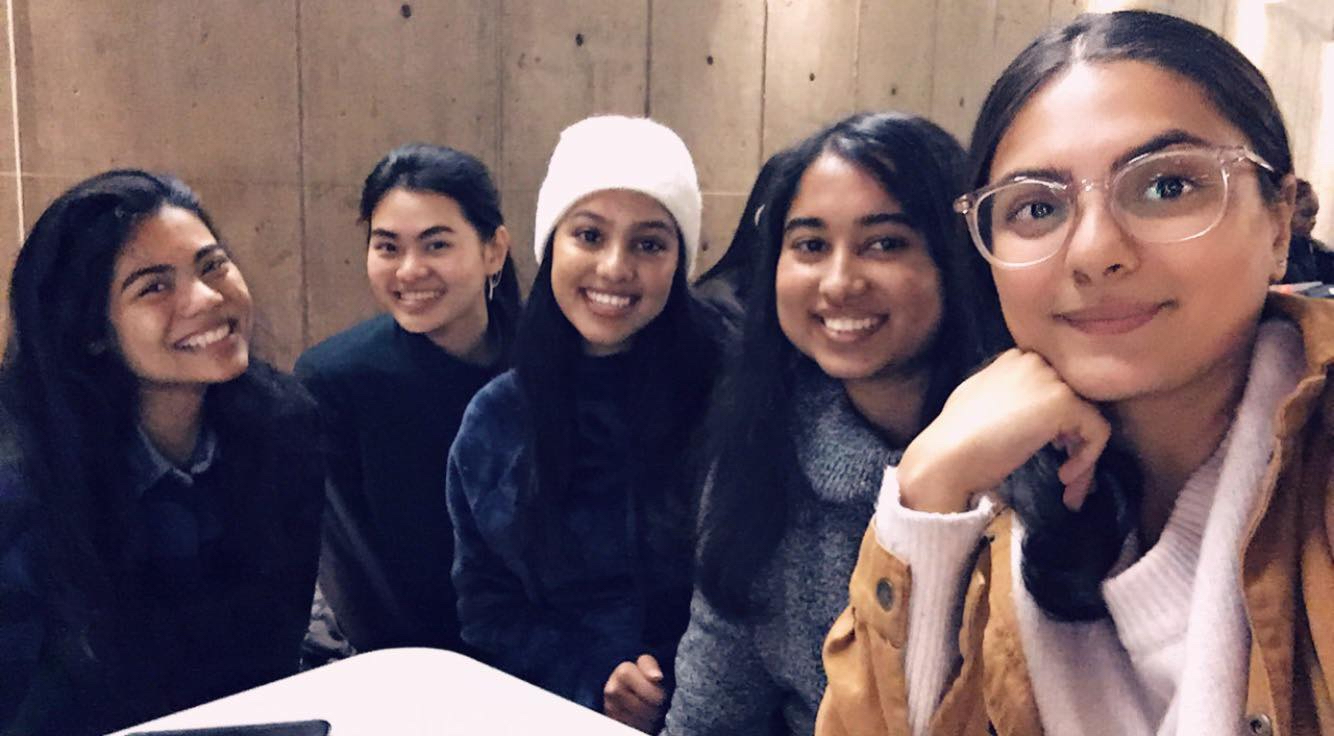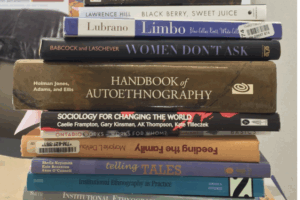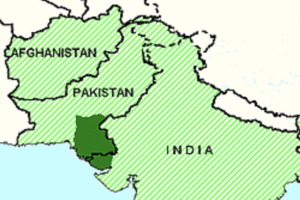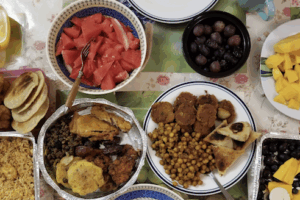Issue 2: Becoming Migration Researchers
Guest Editor: Laura Bisaillon (University of Toronto)
- Introduction: Becoming Migration Researchers: Disquieting Borders with Auto-Ethnography by Laura Bisaillon [p.1-6] [PDF]
- From Vietnam to Canada: Exploring through Photographs, Footprints and Fingertips by Danica Bui [p.7-12] [PDF]
- Language Past, Present and Future: Being Memon, Expressing Life in Kutchi by Fatema Motiwala [p.13-15] [PDF]
- From Asia to North America: Praying Here, There, and Everywhere by Fatima Haque [p.16-19] [PDF]
- Growing Up in a Bengali Kitchen by Nawrose Khan [p.20-23] [PDF]
- A Song for My Mother: No Turning Back by Sarah Syed [p.24-27] [PDF]
Introduction
What do five Canadian women with kinship ties to Bangladesh, India, Pakistan, the Philippines, and Vietnam have in common? Quite a lot, as it turns out.
In this special collection, contemporary experiences with human movement and circulation across borders, both material and conceptual, are analysed. The features of these movements—what they look and feel like, and what opportunities and challenges mobilities impose on people on the move—are examined ethnographically from five distinct perspectives. These perspectives come from five thoughtful young women: Sarah Syed, Danica Bui, Fatima Haque, Nawrose Khan and Fatema Motiwala (see photo, left to right), all of whom grew up in immigrant homes in the eastern suburbs of the Greater Toronto Area, Canada.

The broad aim of this series is to problematize the ways in which cultural, political and spatial boundaries produce tensions for migrants and their kin starting within routine, perhaps overlooked, and otherwise taken-for-granted situations of daily life. This focus on the social, where people are not the objects of analysis per se, situates this series within the social organization of knowledge approach in sociology (Smith, 2006). The strategy of confronting the problems of biography, culture, history, structure and their intersections by beginning in the conditions and concerns that we see, hear about, or which impact on us, connects this volume within the sociological imagination approach (Mills, 2000). [READ MORE]

16 min read
Becoming Migration Researchers: Disquieting Borders with Auto-Ethnography

11 min read
From Vietnam to Canada: Exploring through Photographs, Footprints and Fingertips

8 min read
Language Past, Present and Future: Being Memon, Expressing Life in Kutchi

10 min read
From Asia to North America: Praying Here, There, and Everywhere

12 min read
Growing up in a Bengali Kitchen

9 min read